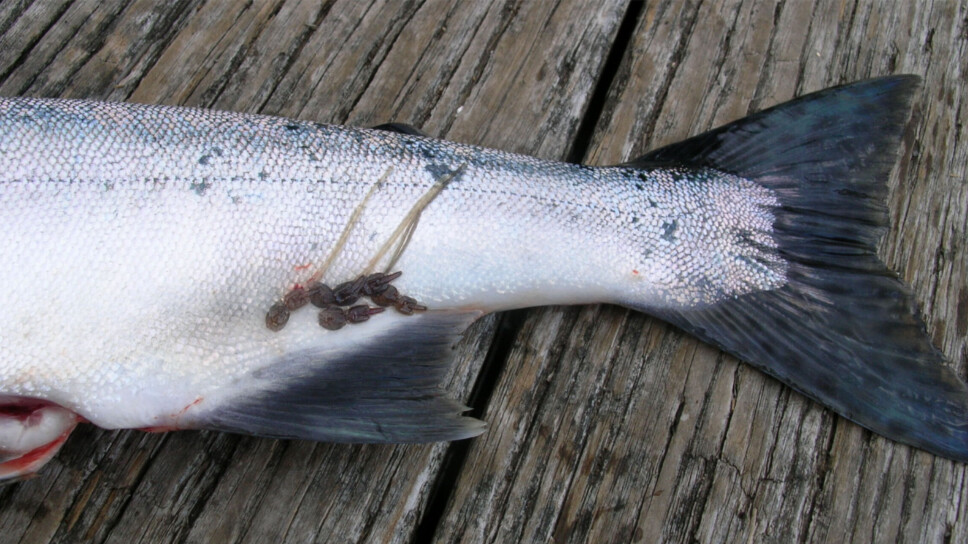
ASC changes requirements for sea lice monitoring
Global limit replaced by regional thresholds and 21-day action deadline included in new standard
Fish farming standards organisation the Aquaculture Stewardship Council is demanding more robustness in sampling and monitoring of sea lice in its upgraded Salmon Standard after what it said was a rigorous science-based review.
ASC, which is the preferred certification of the world’s biggest salmon farmer, Mowi, has also warned that a fish farm’s ASC certification will be cancelled if a farmer fails to bring sea lice levels below the threshold within 21 days.
The organisation said the potential impact of sea lice on wild salmonid populations as well as farmed fish is an issue for the salmon industry, and that the revised requirements address these concerns by establishing best practices in managing potential disease and parasite risks linked to sea lice.
Counting Caligus
The revised standard requires farms to not only monitor the sea lice species Lepeophtheirus salmonis, but to also include the less-researched species Caligus where applicable, especially in British Columbia, Canada.
ASC said this will support a better understanding of the abundance of this species as a basis for future Salmon Standard revisions. Additionally, to improve consistency of data collection and analysis, the new version establishes a clear sea lice sampling protocol for farms detailing frequency and sample size among other factors.

One big change is that while the previous standard set a global limit for maximum sea lice load on farms, experts on the ASC’s Technical Working Group have concluded that the issue of sea lice threshold is specific to species, population, and geographic regions, and thus needs a regional approach.
Jurisdictional regulations
Sensitive periods and thresholds are now set according to jurisdictional regulations in each region. In situations where there are no limits nor a sensitive period established, ASC will require the use of the most rigorous sea lice limit in effect at that point in time and a sensitive period that reflects evidence of the time during which wild juvenile salmonids are present.
“ASC recognises the need to continuously improve our standards and finetune the requirements to make sure they deliver the intended positive impact,” said ASC chief executives Chris Ninnes on a press release.
“This new version is not the endpoint either. In fact, going forward, ASC will regularly review established sea lice limits across different regions and update its thresholds where necessary.”
The launch of the revised ASC Salmon Standard (v1.4) is followed by a transition period of five months, and will become effective by February 1, 2023, thus making sure it is already applicable in the sensitive periods for out-migrating salmonids in all regions.